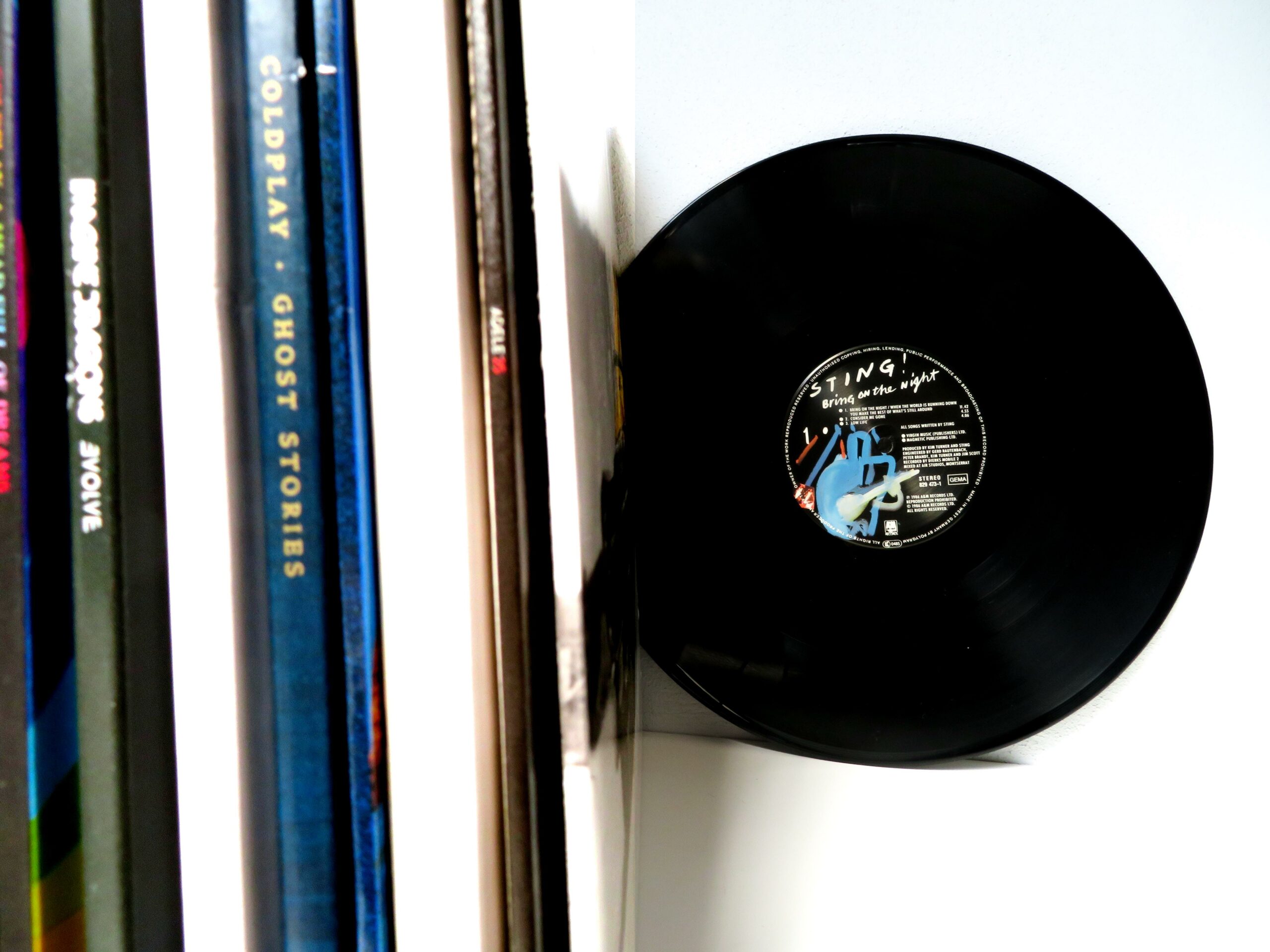Step back in time and immerse yourself in the captivating world of ancient Greek musical instruments. In this article, we embark on a fascinating journey to uncover the hidden treasures of their names. Delve into the depths of history as we unravel the mysteries surrounding these exquisite artifacts and the significance they held within ancient Greek culture. Prepare to be enthralled as we unveil a rich tapestry of names and delve into the ancient melodies they brought to life. Get ready to explore the enchanting realm of Ancient Greek Musical Instrument Names.
Ancient Greek Musical Instrument Names
In the vibrant tapestry of ancient Greek music, a plethora of fascinating instruments adorned the stage. From the grandeur of the kithara to the ethereal tones of the aulos, the names of these instruments echo through the halls of history. In this exploration, we unveil the names of these ancient Greek musical treasures, delving into their enchanting melodies and cultural significance.
Stringed Instruments
Let us begin our journey with the mesmerizing world of ancient Greek stringed instruments. The kithara stands tall among them, captivating audiences with its plucked strings. With seven strings producing melodic harmonies, this instrument was the epitome of elegance and grace. The lyre, another cherished string instrument, enchanted listeners with its gentle strums and occasional plucks. These instruments adorned symposiums and theatrical performances, resonating with the poetic rhythms of ancient Greece.
Unveiling the names of ancient Greek stringed instruments, the kithara and the lyre, whispers secrets of mesmerizing melodies.
Wind Instruments
Moving on to the realm of wind instruments, we encounter the mythical sound of the aulos. Crafted with double reeds, this instrument often graced the stage in pairs, harmoniously blending their ethereal notes. As the winds carried the soul-stirring melodies of the aulos, the panpipes danced with a series of tubes, each of varying lengths. These enchanting instruments painted the sonic landscape of ancient Greece, evoking emotions and enchanting audiences.
In the realm of wind instruments, the aulos and panpipes whisper melodies that transport us to the wonders of ancient Greece.
Percussion Instruments
Drums throbbed with intensity, bells chimed with jubilation, cymbals clashed in harmony, and rattles echoed like ancient whispers—such were the percussion instruments that added rhythm to the melodies of ancient Greek music. Drums, an essential component of festivals and religious ceremonies, commanded attention with their thunderous beats. Bells and cymbals adorned musical performances, adding a shimmering touch to the symphony. Rattles, keeping rhythm with their gentle shakes, lent an aura of mystique.
Percussion instruments infused ancient Greek music with heartbeat rhythms, shimmering resonance, and an enigmatic pulse.
Varied Musical Expressions
The realm of ancient Greek musical instruments extends far beyond the most commonly known names. As we wander through this labyrinth, we encounter the phoenix, an early form of a guitar, serenading the ancients with its sound box and strings. The pandouris, a three-stringed instrument shaped like a tamboura, added a unique flavor to the harmonies of the time. The lyra, with its pear-shaped body and three or four strings, resonated with both myth and reality. The bouzouki, a long-necked plucked instrument, adorned the folk music of Greece. The lute, with its pear-shaped body and fretted neck, added a touch of elegance. And let us not forget the bagpipes, flutes, and various types of clarinets that further enriched the musical tapestry of ancient Greece.
Beyond the well-known names, a host of other instruments beckon, each with its unique voice, contributing to the grand symphony of ancient Greek musical expression.
To dive deeper into the world of ancient Greek musical instrument names, numerous sources offer invaluable insights. Websites like worldhistory.org, metmuseum.org, ancientgreecefacts.com, musicportal.gr, and neoskosmos.com provide abundant resources for further exploration. Through these avenues, we can uncover the intricacies of ancient Greek music and appreciate the pivotal role these instruments played in shaping the cultural, social, and artistic heritage of a bygone era.
Unveiling the names of ancient Greek musical instruments opens the gateway to understanding their profound influence on a civilization enraptured in the harmonies of discovery and expression.
Ancient Greek Musical Instruments have a rich history and unique sound that continues to captivate music enthusiasts today. From the lyre to the aulos, these instruments transported listeners to another world, immersing them in the beauty of ancient Greek culture. If you’re curious to explore this fascinating world, click here to discover the diverse range of ancient Greek musical instruments. Whether you’re a musician or simply have a love for history, this collection is sure to inspire and transport you to a time long ago. So why wait? Immerse yourself in the enchanting melodies of ancient Greece and click here to begin your musical journey.
{{< internal-link url=”../ancient-greek-musical-instruments” target=”_blank” >}}Ancient Greek Musical Instruments{{< /internal-link >}}
28 Musical Instruments of Greece – An Introduction to Ancient Greek Music
[youtube v=”99Nt2AEK-6M”]
Introduction:
Music has always been an integral part of human culture, and Greece is no exception. In this lesson, we will explore the rich musical heritage of ancient Greece by introducing you to 28 traditional musical instruments. By understanding these instruments, we gain insights into the cultural, social, and artistic heritage of ancient Greece.
The Kithara and Lyre – Symbols of Elegance and Grace
In ancient Greece, the kithara and lyre were stringed instruments that symbolized elegance and grace. The kithara, a large and sophisticated instrument, was often played at banquets and symposiums, while the lyre, a smaller and simpler instrument, was commonly associated with the poetry of the troubadours. Both instruments produced beautiful melodies that captivated audiences with their enchanting sounds.
The Aulos and Panpipes – Ethereal and Mythical Sounds
Wind instruments played a significant role in ancient Greek music. The aulos, a double-reed instrument, and the panpipes, consisting of multiple pipes of varying lengths, created ethereal and mythical sounds. The aulos was often accompanied by dance and was a prominent feature in religious ceremonies. The panpipes, on the other hand, were associated with pastoral themes and depicted the beautiful landscapes of ancient Greece.
Percussion Instruments – Adding Rhythm and Resonance
Percussion instruments like drums, bells, cymbals, and rattles played a crucial part in ancient Greek music by adding rhythm and resonance. Drums, such as the tympanum and tambourine, were often used to accompany dances and processions. Bells and cymbals enhanced the overall sound, creating a vibrant atmosphere. Rattles, made from shells or bones, added a unique texture to the music.
Lesser-Known Instruments – Contributing to the Musical Tapestry
Apart from the well-known instruments like the kithara and lyre, ancient Greece had a diverse range of lesser-known instruments that contributed to its musical tapestry. Instruments like the phoenix, pandouris, bouzouki, lute, bagpipes, flutes, and clarinets added depth and variety to the music of ancient Greece. Each instrument had its unique timbre, allowing musicians to explore different tones and express their artistic creativity.
At the end of each paragraph, we can emphasize the importance of understanding these instruments in the context of ancient Greek culture:
Understanding these instruments provides insights into the cultural, social, and artistic heritage of ancient Greece.
Explore Further – Resources for Ancient Greek Musical Instruments
If you’re intrigued and want to delve deeper into the fascinating world of ancient Greek musical instruments, various websites offer valuable resources. Worldhistory.org, metmuseum.org, ancientgreecefacts.com, musicportal.gr, and neoskosmos.com are just a few examples of platforms where you can find more information. These resources provide a comprehensive understanding of the history, construction, and significance of these ancient Greek instruments.
Conclusion
Ancient Greek music was a complex and diverse art form, encompassing a wide array of instruments that contributed to its unique and captivating melodies. From the elegant kithara and lyre to the mythical sounds of the aulos and panpipes, the combination of stringed and wind instruments created a musical tapestry that reflected the rich cultural heritage of ancient Greece. By understanding and exploring these instruments further, we gain a deeper appreciation for the artistry and creativity of this ancient civilization.
FAQ
Q: What are some categories of ancient Greek musical instruments?
A: Ancient Greek instruments can be categorized into stringed, wind, and percussion instruments.
Q: What are some examples of ancient Greek stringed instruments?
A: Some of the most common ancient Greek stringed instruments include the kithara (a plucked string instrument with seven strings), lyre (a strummed and occasionally plucked string instrument), phoenix (an early form of a guitar with a sound box and strings), pandouris (a three-stringed instrument shaped like a tamboura), lyra (a bowed string instrument with a pear-shaped body and three or four strings), bouzouki (a long-necked plucked string instrument with a round body and eight strings), and lute (a plucked string instrument with a pear-shaped body and a fretted neck).
Q: Can you give an example of an ancient Greek wind instrument?
A: One example of an ancient Greek wind instrument is the aulos, which is a double-reed wind instrument often played in pairs. Other wind instruments include panpipes (a wind instrument consisting of a series of tubes of different lengths), flutes (a wind instrument with a cylindrical tube and holes), various types of clarinets, and the syrinx (panpipes).
Q: What were some popular percussion instruments in ancient Greece?
A: Percussion instruments such as drums, bells, cymbals, and rattles were commonly used in ancient Greek music. These instruments added rhythm and texture to the music.
Q: Where can I find more information about ancient Greek musical instruments?
A: You can find more information about ancient Greek musical instruments on websites such as worldhistory.org, metmuseum.org, ancientgreecefacts.com, musicportal.gr, and neoskosmos.com.
- Amazing March Fun Facts: Unveiling History & Celebrations - April 15, 2025
- Master how to write height: A complete guide - April 15, 2025
- How High Are Your Standards Test: Find Your Perfect Match Now - April 15, 2025
















